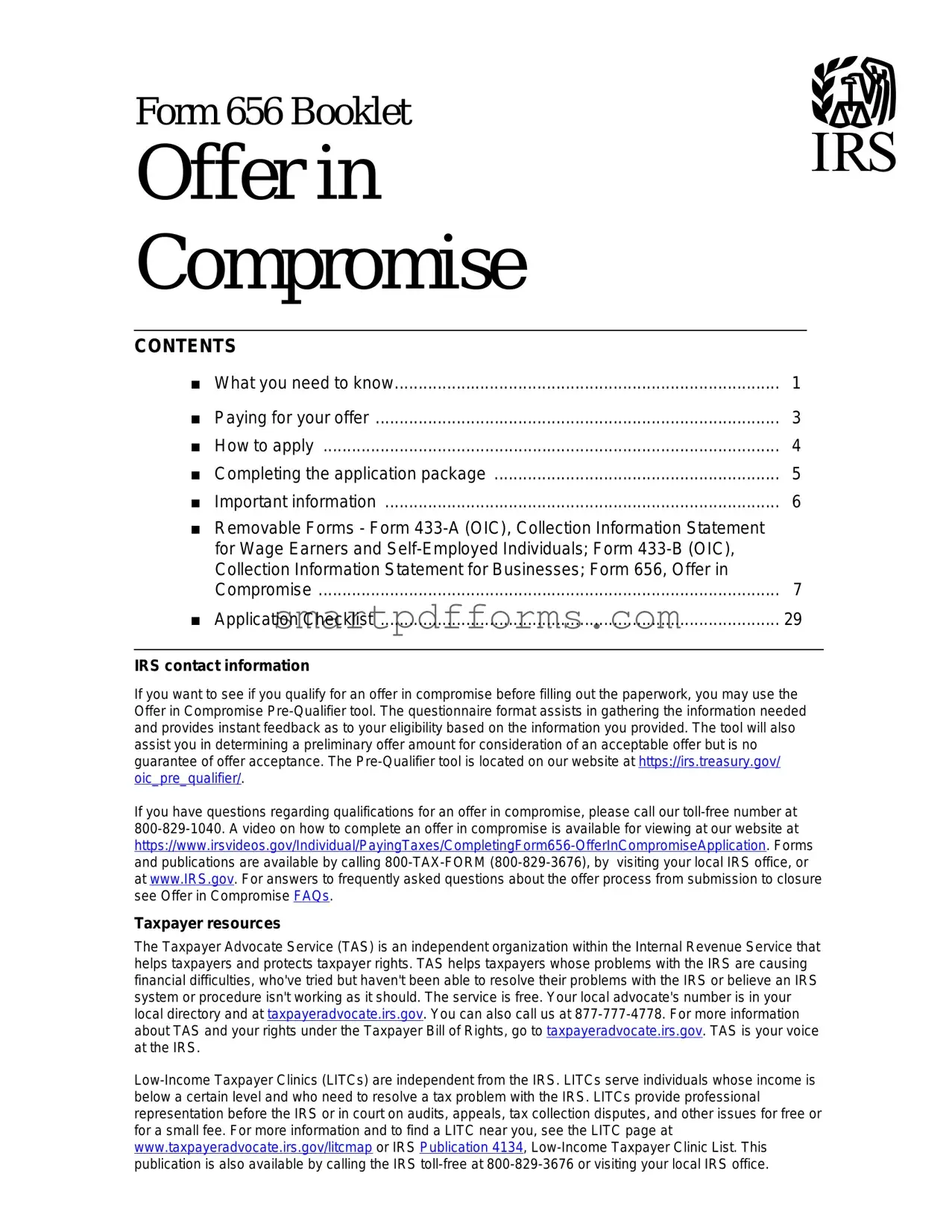Notice of Federal Tax Lien |
A lien is a legal claim against all your current and future property. When you don’t |
|
pay your first bill for taxes due, a lien is created by law and attaches to your |
|
property. A Notice of Federal Tax Lien (NFTL) provides public notice to creditors. |
|
The IRS files the NFTL to establish priority of the IRS claim versus the claims of |
|
certain other creditors. The IRS may file a NFTL at any time. If the tax lien(s) has/ |
|
have not been released, the IRS may be entitled to any proceeds from the sale of |
|
property subject to the lien(s). You may be entitled to file an appeal under the |
|
Collection Appeals Program (CAP) before this occurs or request a Collection Due |
|
Process hearing after this occurs. |
|
Note: A Notice of Federal Tax Lien (NFTL) will not be filed on any individual shared |
|
responsibility payment under the Affordable Care Act. |
Trust Fund Taxes |
If your business owes liabilities that include trust fund taxes, the IRS may hold |
|
responsible individuals liable for the trust fund portion of the tax pursuant to |
|
applicable law. Trust fund taxes are the money withheld from an employee's |
|
wages, such as income tax, Social Security, and Medicare taxes. If the IRS enters |
|
into a compromise with an employer for a portion of the trust fund tax liability, the |
|
remainder of the trust fund taxes must be collected from the responsible parties. |
|
You are not eligible for consideration of an offer unless the trust fund portion of the |
|
tax is paid, or the IRS has made the Trust Fund Recovery Penalty determination(s) |
|
on all potentially responsible individual(s). However, if you are submitting the offer |
|
as a victim of payroll service provider fraud or failure, the trust fund recovery |
|
penalty assessment discussed above is not required prior to submitting the offer. |
Other Important Facts |
Each and every taxpayer has a set of fundamental rights they should be aware of |
|
when interacting with the IRS. Explore your rights and our obligations to protect |
|
them. For more information on your rights as a taxpayer, go to http://www.irs.gov/ |
|
Taxpayer-Bill-of-Rights. |
|
Penalties and interest will continue to accrue. |
|
After you submit your offer, you must continue to timely file and pay all required tax |
|
returns, estimated tax payments, and federal tax payments for yourself and any |
|
business in which you have an interest. Failure to meet your filing and payment |
|
responsibilities during consideration of your offer will result in the IRS returning |
|
your offer. If the IRS accepts your offer, you must continue to stay current with all |
|
tax filing and payment obligations through the fifth year after your offer is accepted |
|
(including any extensions). |
|
Note: If you have filed your tax returns but you have not received a bill for at |
|
least one tax debt included on your offer, your offer and application fee may |
|
be returned and any initial payment sent with your offer will be applied to |
|
your tax debt. To prevent the return of your offer, include a complete copy of |
|
any tax return filed within 12 weeks of this offer submission. |
|
The IRS can't process your offer if the IRS referred your case, or cases, involving |
|
all of the liabilities identified in the offer to the Department of Justice. In addition, |
|
the IRS cannot compromise any tax liability arising from a restitution amount |
|
ordered by a court or a tax debt reduced to judgment. Furthermore, the IRS will not |
|
compromise any IRC § 965 tax liability for which an election was made under IRC |
|
§ 965(i). You cannot appeal this decision. |
|
Note: Any offer containing a liability for which payment is being deferred under IRC |
|
§ 965(h)(1) can only be processed for investigation if an acceleration of payment |
|
under section 965(h)(3) and the regulations thereunder has occurred and no |
|
portion of the liability to be compromised resulted from entering into a transfer |
|
agreement under section 965(h)(3). |
|
The law requires the IRS to make certain information from accepted offers |
|
available for public inspection and review. Find instructions to request a public |
|
inspection file at www.IRS.gov keyword "OIC". |







